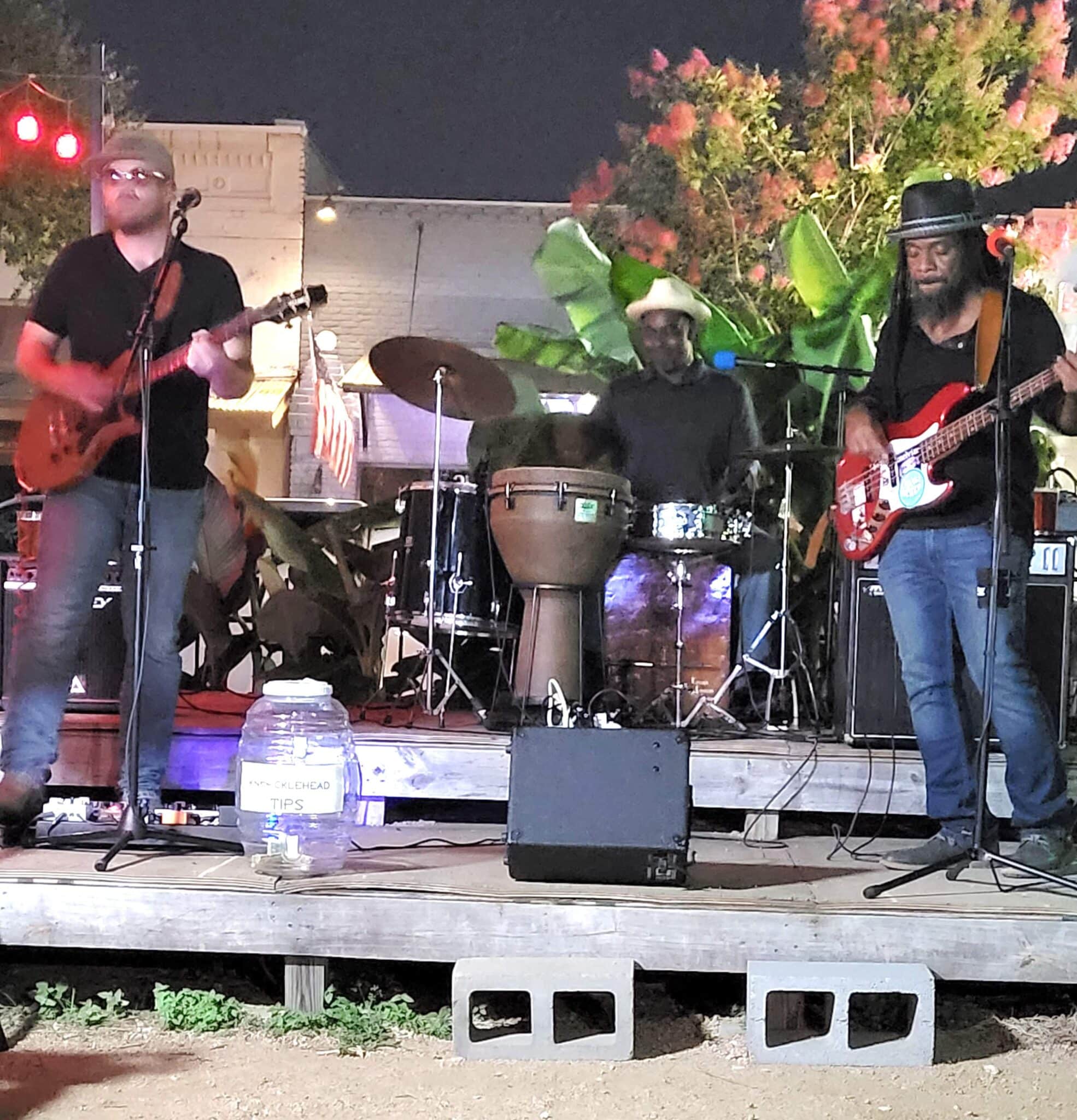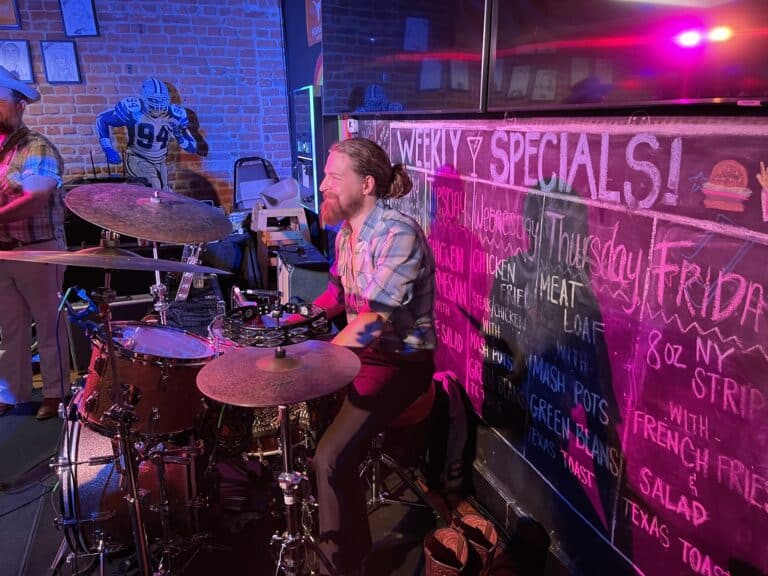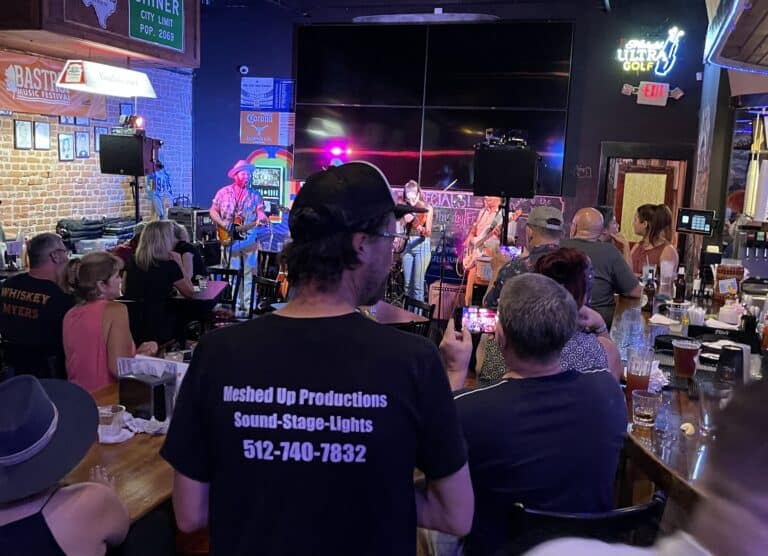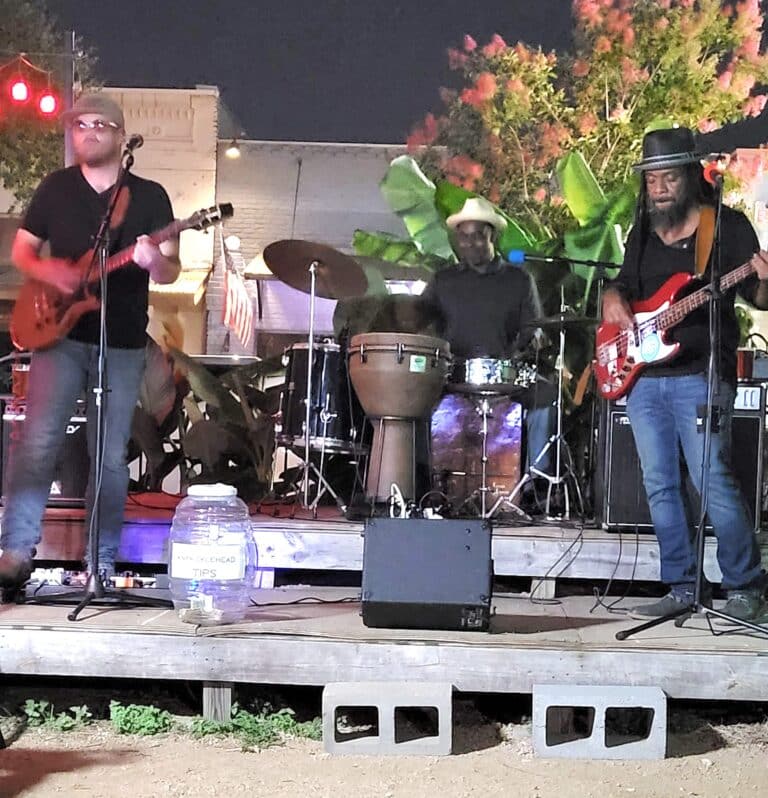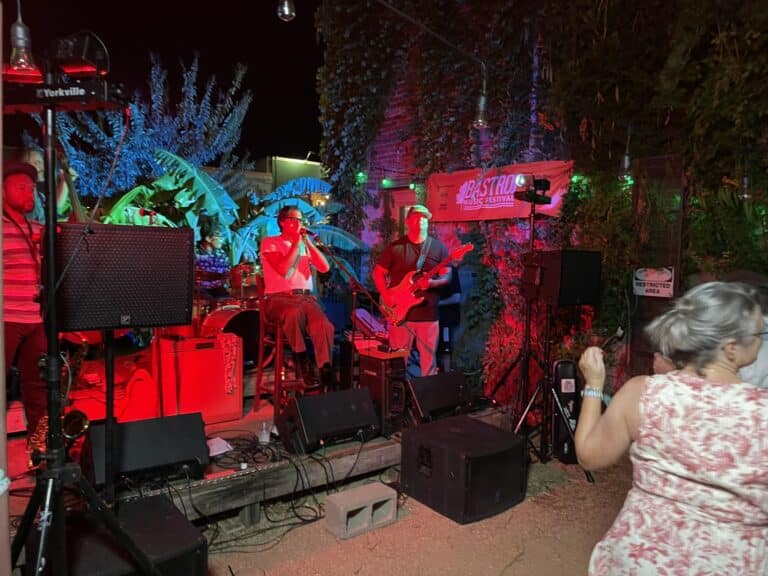Whether it’s a corporate seminar, wedding, concert, or community gathering, planning the sound, stage, and lighting for your event can make a world of difference in creating the right atmosphere. The right AV setup enhances the audience’s experience, makes presentations more impactful, and ensures every word and note is heard. In this guide, we’ll walk through the essentials of event sound, stage, and lighting needs for different types of events to help you make informed decisions.
1. Corporate Events: Clear Communication & Professional Presence
Sound:
Corporate events prioritize clear, quality audio to convey presentations effectively. For seminars, conferences, and workshops, consider using PA systems with wireless microphones to ensure mobility. Lapel mics are ideal for speakers who want a hands-free experience, while handheld mics are excellent for Q&A sessions.
Stage:
Corporate events usually require a clean, professional stage. Portable staging works well for smaller venues, while larger conferences may need elevated platforms. Consider skirting to hide cables and provide a polished look.
Lighting:
Lighting should be functional yet professional. LED uplights or spotlights ensure speakers are well-lit, while ambient lighting can match company colors or event branding. Consider spotlighting for keynote speakers and softer lighting for networking spaces.
2. Weddings: Creating a Magical Atmosphere
Sound:
Weddings often have varied sound needs, from soft background music for the ceremony to a full sound system for the reception. Portable PA systems are ideal for outdoor ceremonies, while DJ setups or live bands may need high-quality speakers to ensure clear music and announcements throughout the day.
Stage:
For receptions, a stage elevates the couple and speakers, making it easier for guests to see important moments. Portable dance floors are popular for indoor and outdoor receptions, providing a designated space for celebrating.
Lighting:
Lighting sets the mood. String lights, chandeliers, and fairy lights create a romantic atmosphere, while colored uplights can be customized to match wedding themes. For evening receptions, spotlighting the dance floor can make it a central attraction.
3. Concerts and Live Music Events: Amplifying Sound and Energy
Sound:
Concerts demand powerful, high-quality audio systems. Line arrays and large PA systems are essential for outdoor events or large indoor venues, ensuring that sound reaches every attendee. For smaller events, quality speakers and subwoofers will enhance the bass and clarity of sound.
Stage:
A well-designed stage is essential for live performances. Elevated platforms with ample space for performers are key, and larger concerts may require backdrops and rigging for props. Consider adding drum risers or side stages for multi-band events.
Lighting:
Concert lighting should be dynamic. Spotlights, moving lights, and color washes create an engaging atmosphere and bring energy to the performance. Using light controllers and DMX boards allows operators to sync lighting with the music, creating a captivating experience for the audience.
4. Community Gatherings & Outdoor Events: Flexibility and Resilience
Sound:
Outdoor events often present challenges like wind and ambient noise. Portable, battery-operated PA systems work well for smaller gatherings, while larger events may need wireless speakers for even sound distribution. Ensure you have backup power sources if the event lasts multiple hours.
Stage:
For outdoor gatherings, ensure your stage setup is stable and weather-resistant. Portable, modular staging is ideal for outdoor events and can be customized based on crowd size. Using protective coverings or tents can protect both the stage and equipment from unexpected weather.
Lighting:
Outdoor lighting should consider natural light. For daytime events, minimal lighting may be needed, but as the sun sets, string lights, lanterns, and portable spotlights create visibility and ambiance. For larger gatherings, floodlights and LED fixtures provide brightness without consuming too much power.
Key Tips for Successful AV Planning
- Consider the Venue: Indoors or outdoors, every venue has different sound, stage, and lighting needs. Take a site survey to identify power sources, room acoustics, and available space.
- Plan for Power Requirements: Larger AV setups require significant power sources. Renting generators or working with the venue for adequate power access ensures the event runs smoothly.
- Keep a Backup Plan: AV equipment can be unpredictable. Having backup microphones, cables, and even portable speakers will give you peace of mind in case of unexpected malfunctions.
- Book Early with Professionals: Working with a professional AV provider like Meshed Up Productions guarantees quality and expertise, saving you time and energy. Early booking ensures you have access to the best equipment and experienced technicians.
Planning your event’s sound, stage, and lighting is a crucial part of creating an unforgettable experience. With the right equipment and support, you can set the perfect tone for any event, from weddings and concerts to corporate gatherings and community celebrations. Reach out to Meshed Up Productions today for expert guidance and top-quality AV solutions tailored to your event’s unique needs!


